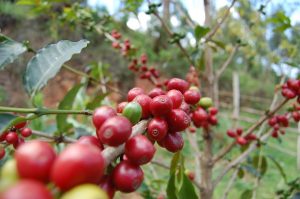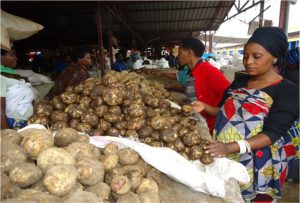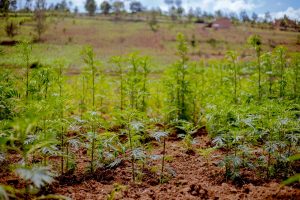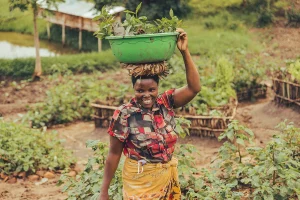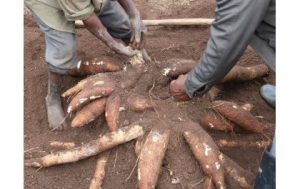New Report Warns World Is Falling Behind on Key Food and Agriculture SDG Targets
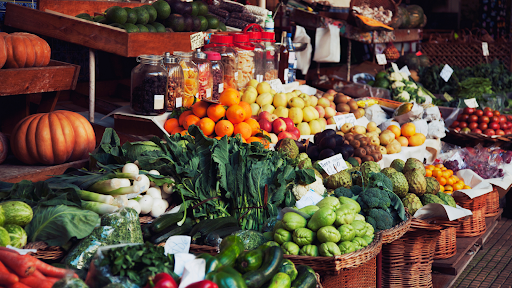
The Food and Agriculture Organization of the United Nations (FAO) has released a new assessment on progress towards food and agriculture-related Sustainable Development Goals (SDGs), warning that the world is advancing too slowly and, in some areas, moving backwards.
The report, which tracks 22 indicators across six SDGs: Zero Hunger, Gender Equality, Clean Water and Sanitation, Responsible Consumption and Production, Life Below Water, and Life on Land, reveals that only a quarter of the targets are close to being achieved. Another quarter are considered “far or very far” from completion, while progress on the remaining half is moderate.
“This report sheds light on which objectives and which regions have achieved the most progress and which have seen deterioration, and can therefore serve as a guide for galvanizing efforts on those areas lagging furthest behind,” said FAO Chief Statistician José Rosero Moncayo. He urged governments to “redouble efforts to achieve food security, improved nutrition and sustainable agriculture.”
Rising food insecurity
Food insecurity remains a major concern. Nearly 2.3 billion people, or 28 percent of the global population, were moderately or severely food insecure in 2024, up sharply from 21.4 percent in 2015. Hunger also persists, with 8.2 percent of people worldwide estimated to have faced hunger last year.
The report notes that the situation has worsened since 2015, placing the Zero Hunger target (SDG 2) further out of reach.
Women and nutrition
A new measure, the Minimum Dietary Diversity for Women (MDD-W), was tracked for the first time. Between 2019 and 2023, only 65 percent of women of childbearing age achieved minimum dietary diversity, with sub-Saharan Africa and parts of Asia falling behind. The report classifies this indicator as being at a “moderate distance” from the global target but notes deterioration since 2015.
Gender disparities remain a challenge in agriculture. In nearly 80 percent of surveyed countries, fewer than half of women have secure land rights, and men are at least twice as likely to own land.
Pressures on food systems
Geopolitical tensions and climate-related shocks have kept food prices unstable. The incidence of food price anomalies, while slightly down in 2023, remains three times higher than the pre-2015 average. FAO warns the world is “very far” from stabilizing food markets.
Small-scale producers in low- and middle-income countries also face economic challenges, earning less than half the income of their larger counterparts, often below USD 1,500 annually.
Natural resources under strain
The assessment highlights mixed progress in natural resource management.
Water use efficiency improved globally by 23 percent between 2015 and 2022, driven largely by economic growth. However, water stress remains high in Western Asia and Northern Africa.
Forests continue to shrink, with global forest cover dropping from 31.9 percent in 2000 to 31.2 percent in 2020, largely due to agricultural expansion. While the pace of loss has slowed, it remains significant.
Fisheries remain under pressure despite international efforts to combat illegal and unregulated fishing. The share of fish stocks at biologically sustainable levels declined to 62.5 percent in 2021, down from 90 percent in 1974.
Biodiversity in livestock shows slight gains, with more animal genetic resources preserved in conservation facilities. Still, only a small fraction of local breeds have enough material secured to reconstitute them in case of extinction.
The report also highlights progress: countries now report more complete data, with availability on food and agriculture-related SDG indicators rising to 65 percent in 2025, compared to just 32 percent in 2017.
But despite better tracking, FAO stresses that progress is uneven and often insufficient. “We are not on track to end hunger or to build sustainable food systems without stronger, coordinated global action,” Rosero Moncayo said.

SUBSCRIBE TO OUR NEWSLETTER




